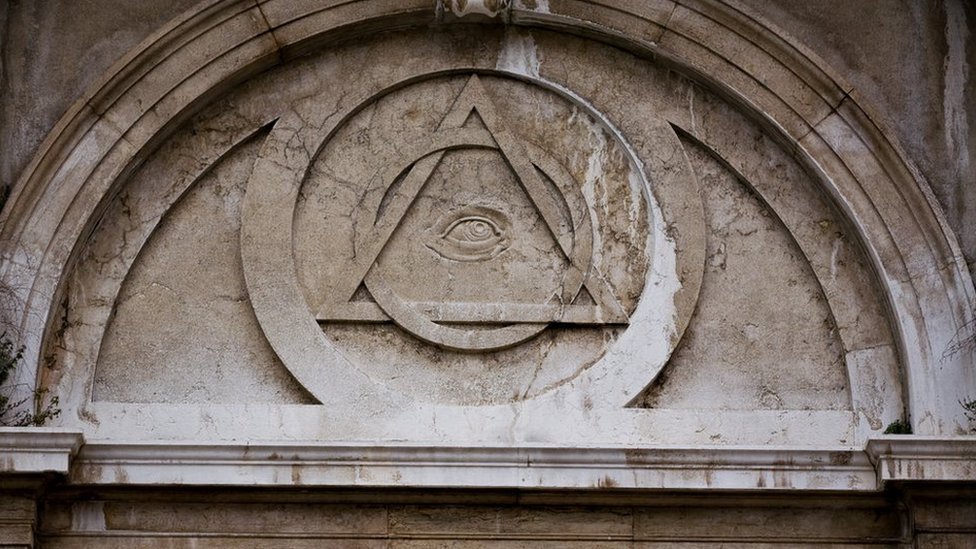Discover Exclusive Opportunities by Deciding to Join FreemasonThis Year
Discover Exclusive Opportunities by Deciding to Join FreemasonThis Year
Blog Article
Checking Out the Mysteries of the Freemason: What You Need to Know
The Freemason, a term typically shrouded in intrigue and controversy, stands for an intricate tapestry of historical truth and contemporary myth. Established in the late 18th century, this secret culture was originally rooted in the Enlightenment's suitables however has actually since come to be synonymous with conspiracy theory concepts concerning elite control. As we navigate the beginnings, crucial figures, and the raw comparison in between myth and fact, one should take into consideration how these stories influence contemporary assumptions of power and secrecy. What may be disclosed via a better exam of these components could challenge long-held presumptions about the darkness that remain in our culture.
Beginnings of the Freemason
The beginnings of the Freemason are steeped in a mix of historical intrigue and ideological fervor. Developed in 1776 in Ingolstadt, Bavaria, by Adam Weishaupt, the team was initially developed as a secret culture intended at advertising Knowledge ideals such as factor, secularism, and the splitting up of church and state. Weishaupt, a professor of canon legislation, sought to challenge the prevailing authority of the church and state, which he deemed oppressive organizations suppressing intellectual and personal liberty.
The Freemason looked for to hire prominent members from various social industries, consisting of national politics, academic community, and the arts, to promote a network devoted to these Enlightenment principles. The society operated under a veil of privacy, using coded language and rituals to secure its participants from persecution, specifically provided the repressive environment of the time. Nevertheless, the Freemason encountered considerable resistance from both governmental authorities and religious institutions, which checked out the team as a hazard to their power.
Secret Figures and Participants
Who were the crucial numbers that shaped the Freemason's very early influence and instructions? The Bavarian Freemason, established in 1776 by Adam Weishaupt, emerged as a reaction to the oppressive societal structures of the moment. how to become a freemason. Weishaupt, a regulation professor, pictured the organization as a method to advertise Knowledge ideals such as factor, secularism, and equality. His initial employment initiatives included significant pundits, such as Baron von Knigge, who played a crucial function in increasing the group's membership and business framework.
Another significant figure was Johann Gottlieb Fichte, a famous theorist whose concepts on nationalism and education and learning resonated with the Freemason's goals. Although Fichte was not an official participant, his philosophical foundations affected the team's ideology. Furthermore, numbers like the author and theorist Johann Wolfgang von Goethe were linked with the wider intellectual activities of the moment, although their straight participation with the Freemason continues to be debated.
These essential figures added to the Freemason's very early direction, pressing the borders of political and social thought, while their collective initiatives aimed to test established norms and cultivate an environment of modern modification in Europe.
Misconceptions vs. Truth
Lots of misconceptions border the Freemason, usually blending fact with fiction in a way that covers its true nature. The idea that the Freemason proceeds to put in considerable impact over world events is a myth - how to become a freemason.
An additional prevalent myth is that the Freemason consists of a network of elite individuals adjusting international affairs. Actually, several conspiracy theory theories overemphasize the group's significance, find here connecting unproven objectives to social fads and events. This has led to an oversimplified view of intricate problems.

Modern Analyses
Contemporary analyses of the Freemason frequently mirror more comprehensive social stress and anxieties and a fascination with secrecy and power. This modern-day lens frequently connects the Freemason with conspiracy theory theories that recommend a concealed elite manages world events, controling governments and economic situations for their very own gain. Such stories take advantage of an ingrained question of authority, specifically in times of situation or social turmoil.

Additionally, some modern-day analyses frame the Freemason as an allegory for the Continue intricacies of globalization and the interconnectedness of significant people and companies. This point of view encourages an important exam of how power characteristics operate in today's globe, highlighting the balance between openness and secrecy in administration and corporate techniques.
Social Effect and Heritage
Influenced by centuries of intrigue, the cultural impact and heritage of the Freemason expand far beyond its historic beginnings. This secret society, established in the late 18th century, has permeated various facets of prominent society, from literary works and film to music and art. his explanation The principle of the Freemason has developed right into an icon of conspiracy theory concepts, commonly representing a viewed covert power controling global events.
In literature, authors like Dan Brown have actually woven the Freemason into elaborate plots, fascinating readers with themes of privacy and power. Movies such as "National Treasure" and "The Da Vinci Code" even more bolster the attraction of the culture, mixing truth with fiction to develop interesting narratives.
The Freemason's influence also expands right into music, with artists referencing the organization to evoke styles of disobedience and social review. This portrayal has actually contributed to a fascination with the idea of clandestine groups managing the levers of power, showing social anxieties regarding authority and openness.
Eventually, the Freemason's tradition is a complex tapestry of myth and fact, shaping assumptions of secrecy and control in contemporary discourse. Its enduring visibility in society highlights humankind's perennial pursuit for comprehending hidden realities.
Final Thought
The expedition of the Freemason discloses a complex interplay between historic facts and contemporary myth-making. Founded in the Knowledge age, this society aimed to test overbearing frameworks, yet its heritage has been outweighed by conspiracy theory theories that recommend elite manipulation. Understanding the distinctions between the original ideals and modern interpretations is necessary for comprehending the sustaining fascination with the Freemason and its considerable influence on social stories bordering power and secrecy in society.
Report this page